Prince of Persia makes its return with The Lost Crown, a 2.5D side scrolling adventure with gorgeous visuals and mechanics, and it’s already a strong Game of the Year contender for some. It takes multiple genres and meshes them together to make an enjoyable experience for fans of the franchise.
1. Is Prince of Persia: The Lost Crown a Metroidvania?
Prince of Persia: The Lost Crown is indeed a Metroidvania filled with platforming puzzles, secret rooms, shortcuts, and other elements reminiscent of the Metroidvania genre.
It doesn’t try to reinvent the Metroidvania style, but instead the game uses it to create a unique and original Prince of Persia experience that’s filled with engaging level design, crisp combat, and vibrant visuals.
2. Is Prince of Persia: The Lost Crown standalone?
Prince of Persia: The Lost Crown is a standalone title that bears no connection to the previous games in the franchise, and it’s set in a universe of its own. It exists entirely in its own continuity and is not a part of the Sands Trilogy.
Since its initial reveal, it was obvious that it wasn’t connected to any of the previous games, as the trailer introduced us to the new protagonist, Sargon, sporting dreads and wielding dual swords, looking very different from the long-haired unnamed Prince that we’ve usually seen.
3. What is Prince of Persia: The Lost Crown about?
Prince of Persia: The Lost Crown puts players in the shoes of the franchise’s newest hero, Sargon, a young member of a warrior clan called the Immortals who must head to the city of Mount Qaf to rescue the kidnapped Prince Ghassan.
The game draws heavy inspiration from Persian Mythology and Persian culture in general for its visuals, areas, and bosses. Meshing together Metroidvania elements and fast-paced combat, the game aims to modernize the franchise for newer audiences.
4. Is Prince of Persia: The Lost Crown hard?
Prince of Persia: The Lost Crown offers four main difficulty settings, with a Custom setting too for players to choose from:
- Rookie
- Warrior
- Hero
- Immortal
- Custom
The game can be extremely hard to master if you start out on a high difficulty, which is why it’s recommended to start your first playthrough on the Warrior difficulty for a balanced experience.
If none of the difficulties resonate with your playstyle, simply create a custom one that perfectly suits you and start the game. It can be a bit hard to master the game’s mechanics at first, but as you play more, you’ll get used to it.
5. Which platforms did Prince of Persia: The Lost Crown release on?
Prince of Persia: The Lost Crown was released for PlayStation 4, PlayStation 5, Xbox One, Xbox Series X|S, PC, Nintendo Switch and Amazon Luna on 18th January 2024.
A free demo is available to download on all platforms. The game runs at 60 frames per second on all platforms, but the resolution obviously differs. The game was also included in the Ubisoft+ subscription service for subscribers to play.
6. Does Prince of Persia: The Lost Crown have special editions?
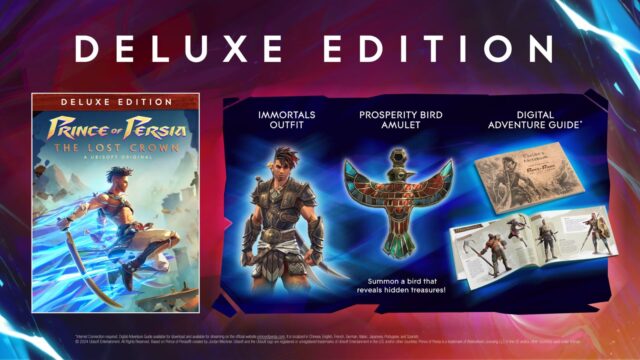
Prince of Persia: The Lost Crown comes in two editions. The Standard Edition of the game costs $49.99, while the Digital Deluxe Edition of the game costs $59.99.
Here’s what each edition contains:
- Standard Edition:
- Base game
- Warrior Within Outfit Pre-Order Bonus
- Digital Deluxe Edition:
- 3 Day Early Access
- Pre-Order Bonus
- Immortal character outfit
- Prosperity Bird Amulet
- Deluxe Pack
- Digital adventure guide
7. About Prince of Persia: The Sands of Time
Prince of Persia: The Sands of Time is an action-adventure video game developed and published by Ubisoft. Revealed in March 2003, it was released across Game Boy Advance, PlayStation 2, GameCube, Xbox, and Microsoft Windows in November 2003.
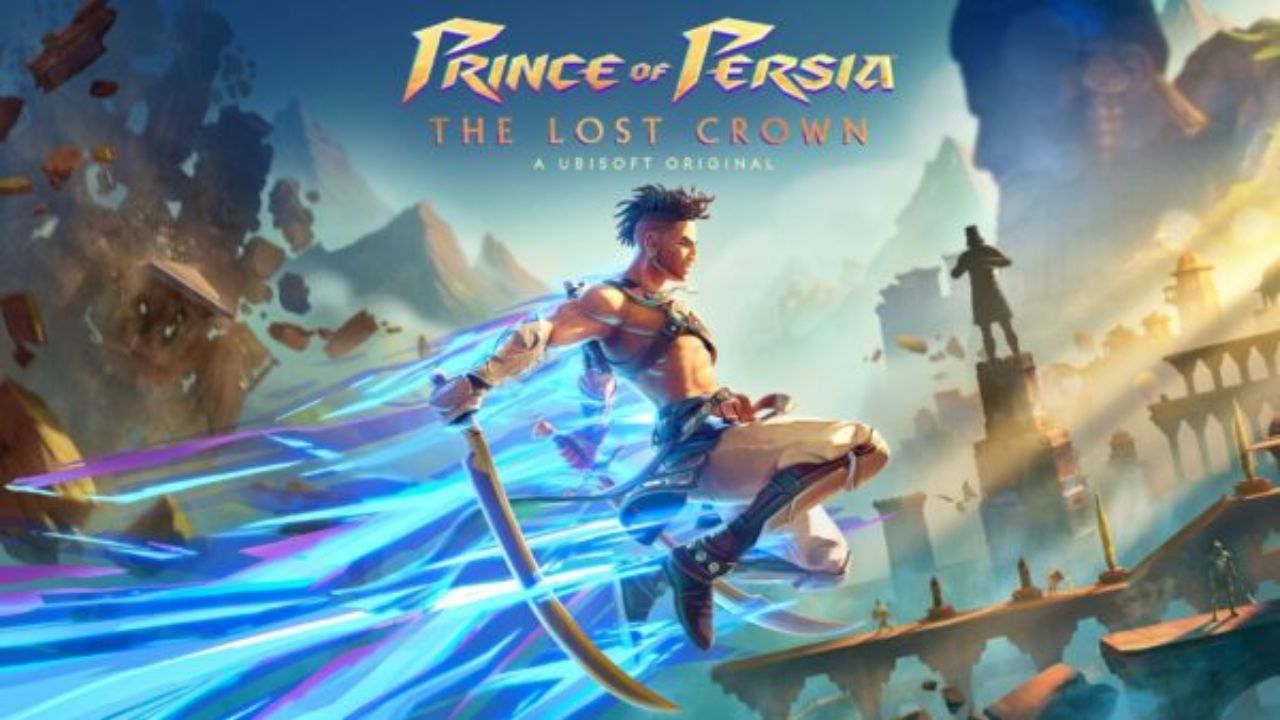

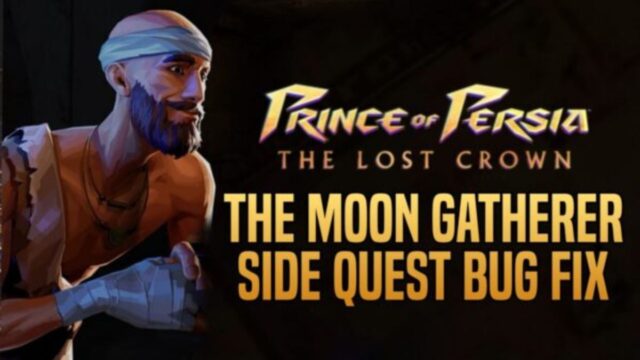
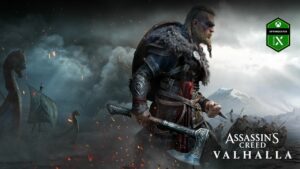
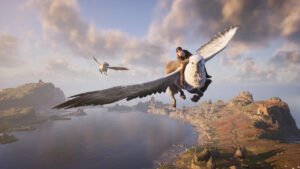
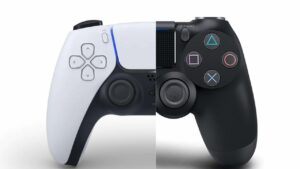
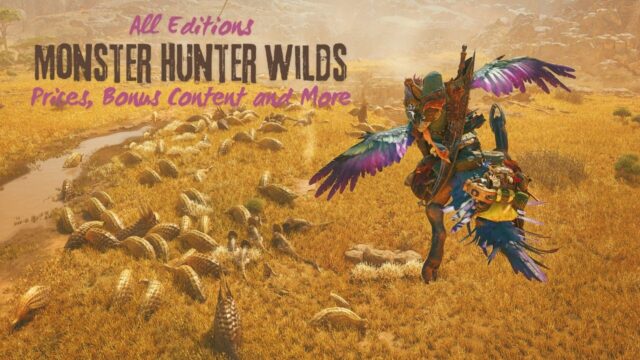
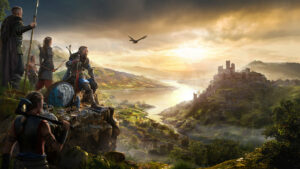
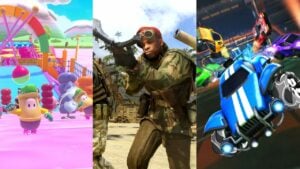
No Comments on All You Need to Know About Prince of Persia: The Lost Crown